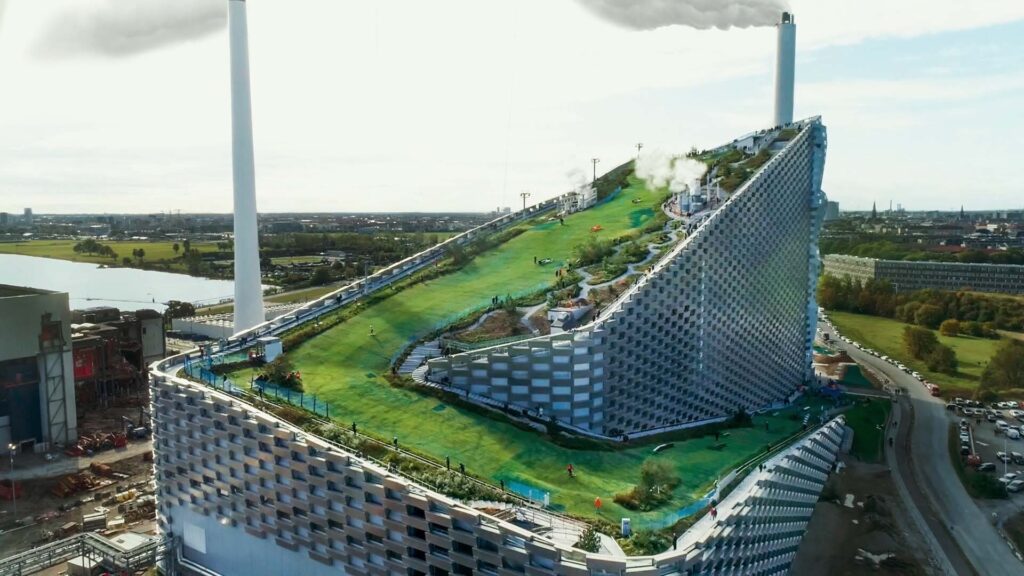Finance Minister overrules advice on waste-to-energy facility
In February, Finance Minister Nicola Willis had to decide if the acquisition of 15 hectares of South Canterbury farmland and significant business assets was contrary to the national interest of New Zealand. 60% Chinese owned South Island Resource Recovery Limited (SIRRL) lodged a consent to purchase the land in May 2023 through the Overseas Investment Office. Willis was required to determine whether the investment was contrary to New Zealand’s national interests as the application was deemed to be of national interest by former Finance Minister Grant Robertson. Willis determined that the investment was not contrary to New Zealand’s national interest. The Minister was provided with a national interest assessment report completed by Land Information New Zealand (LINZ). The LINZ prepared report included input from a cross-government panel of advisors, including the Ministry for the Environment (MfE), the New Zealand Intelligence Service (NZSIS), the Ministry of Agriculture and Trade (MFAT), the Department of Conservation (DOC), and Health NZ/Te Whatu Ora. The report provided special conditions from LINZ. One of these conditions was that the company must not import waste feedstock from outside the South Island. The report stated that the applicant was willing to accept that condition. However, Willis removed the condition. Newsroom asked Willis’ office: Why did she veto the condition? Was it because of lobbying from the company? If not, what other advice led to that decision? Willis responded: “Having read the assessment report, I formed my own view which was that the Environment Court was better placed to assess any impacts through the resource management consent process. I do not recall having been lobbied on this matter.” Willis’ actions inconsistent The national interest report provided to Willis stated that the investment relied on the company to acquire resource consent to build and operate the proposed W-t-E plant. The report also suggested that the applicant may struggle to source the waste entirely from the South Island. Whatever the reason for Willis to remove that condition, her decision removes a significant hurdle for the applicant if the condition remains in place. The Minister stated in her Newsroom response that her view was “The Environment Court was better placed to assess any impacts through the resource management consent process”. However, the national interest report contained several other special conditions to accompany SIRRL’s consent, which Minister Willis did not remove. Surely, if the Environment Court had been better placed to assess impacts regarding the importation of waste, it would also have been better placed to determine all the effects raised in the special conditions.
Finance Minister overrules advice on waste-to-energy facility Read More »










